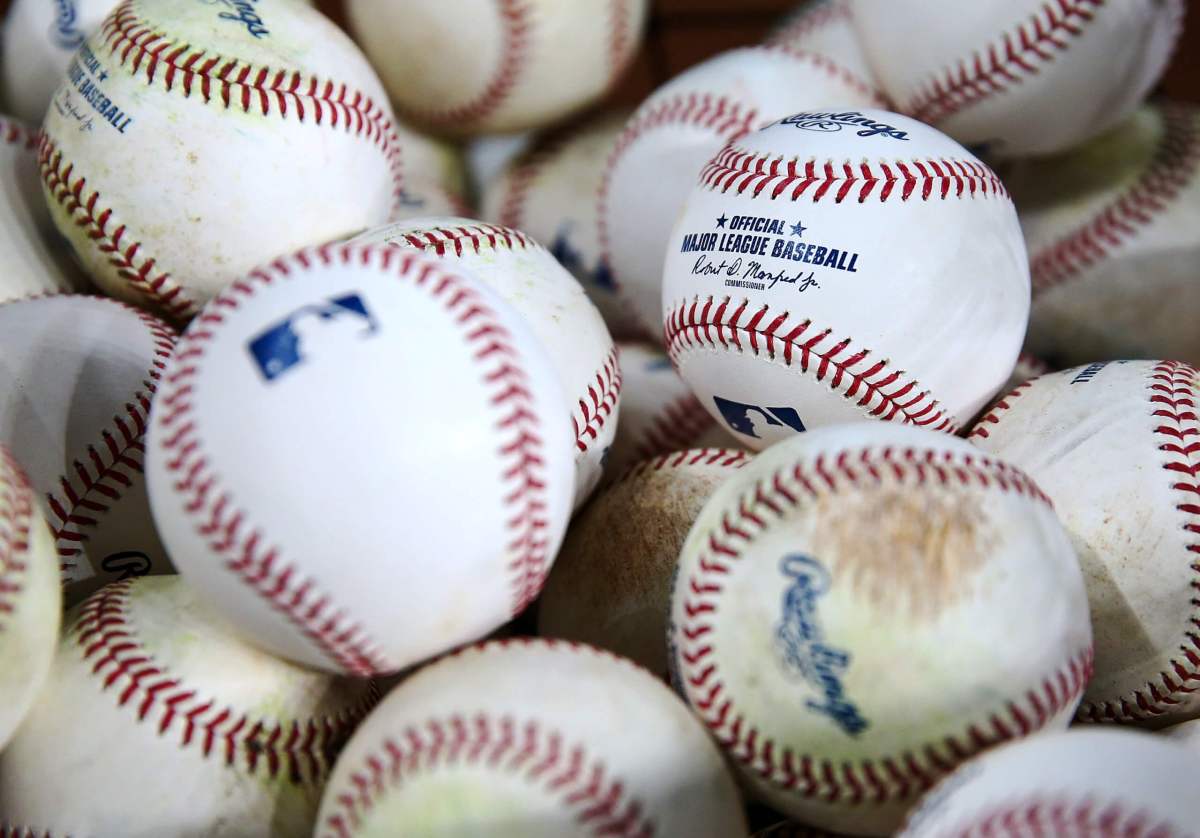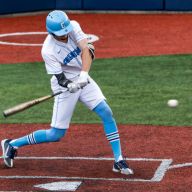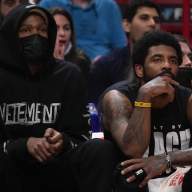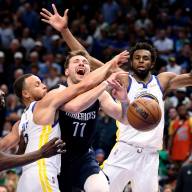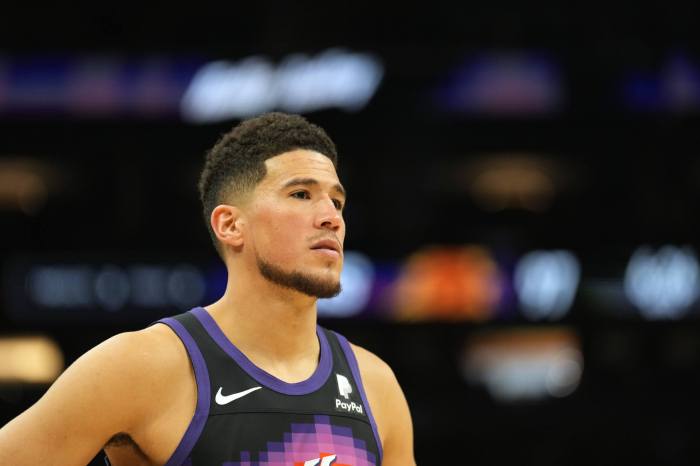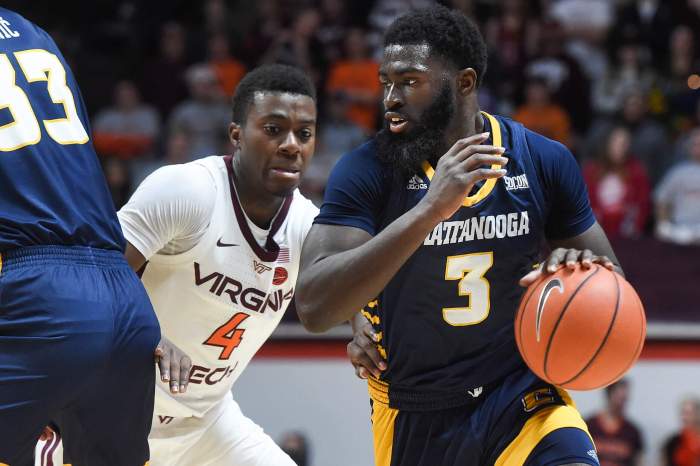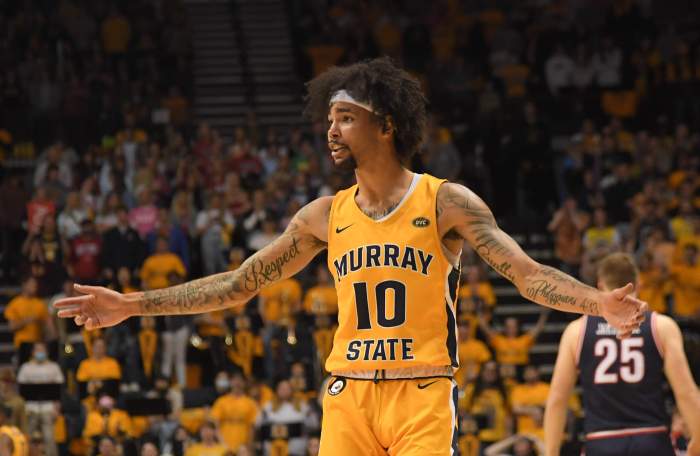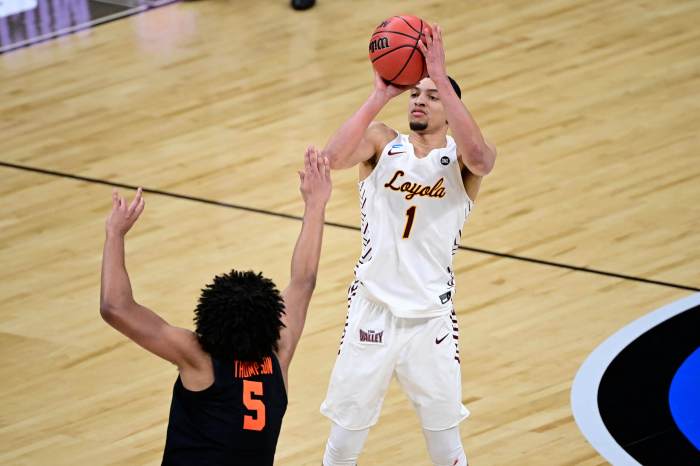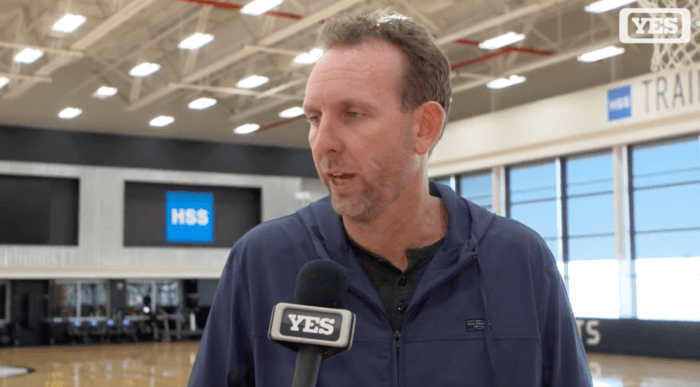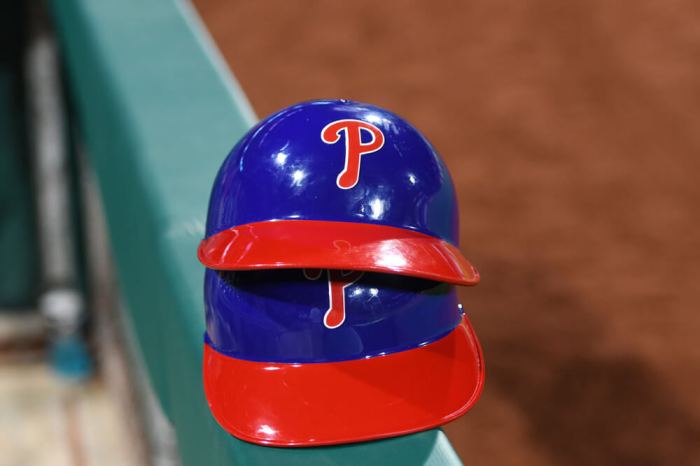Major League Baseball and the players’ union (MLBPA) overcame one of the major hurdles to ending the MLB lockout on Thursday when they came to an agreement on the international draft. This was seen by many as one of the final major obstacles to a true agreement between both sides, which has created some optimism that the lockout could end today.
According to ESPN’s Jeff Passan, the specifics of the deal are that MLB and MLBPA made an agreement that they have until July 25 to reach a new deal on a structure for an international draft, to begin in 2024. If a deal is reached, the qualifying offers attached to MLB free agency will disappear. If there is no agreement on the international draft structure by July 25, then qualifying offers will return and the international free agent system will remain as it is.
So why was this such a big issue?
[ALSO READ: MLB lockout: Second week of 2022 season wiped out as players, owners feud]
Well, for one, the international draft would drastically change the way non-American free agents sign with MLB organizations. As it currently stands, international free agents are free to sign with any team, and organizations each have a pool of money that begins at $4.75 million with which to sign free agents. Organizations are allotted more money if they have draft picks in the Competitive Balance rounds, and organizations lose money from this pool if they go over the luxury tax threshold. Thus, despite some speculation that the current system favors the big market teams, all teams have money to sign players, and in 2022, the teams with the most money include some of the worst-performing teams, like the Pittsburgh Pirates and Baltimore Orioles.
However, the current system also allows for players to be scouted as young as 12-years old and often enables teams to make “unofficial” agreements with players well before they are legally allowed to sign at 16. This creates an advantage for teams that are able to scout extensively; however, the players have also viewed the current system as a way to ensure financial independence for many players that might otherwise not have those opportunities.
https://twitter.com/hgomez27/status/1501545530656186369
The current agreement will therefore allow the two sides to come up with a system that tries to ensure this financial independence and equity amongst all teams while also limiting the corruption and exploitation of pre-teen players.
The other side of this stalemate was the qualifying offers that are currently attached to free agency. So why was that such an important change for the players?
As it currently stands, if a player has never received a qualifying offer and has spent the entire season on one team’s roster, that team can extend a qualifying offer to the player as he becomes a free agent. The qualifying offer is essentially a one-year deal at the mean salary of the league’s top 25 highest-paid players. If the player accepts the offer, he has agreed to this one-year deal with his old team, but if he rejects the offer to become a free agent, there is now a draft pick compensation attached to him, which means the team that signs him will have to forfeit a draft pick.
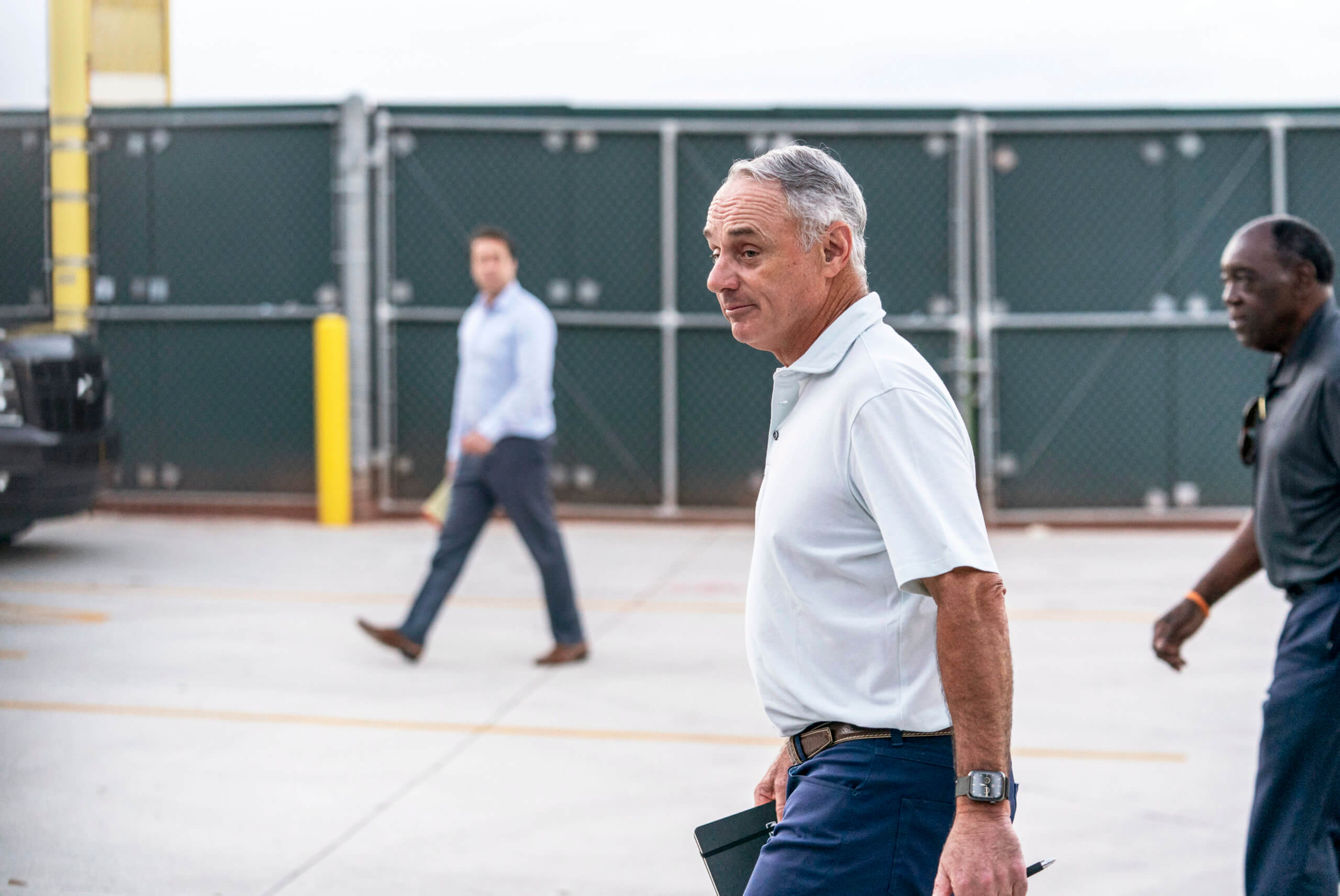
While this seems like a straightforward concept, the MLBPA has argued that this has had a drastic impact on the middle and lower level of free agents. Teams are still willing to sign the true stars, even if they lose a draft pick because no team is allowed to lose a first-round pick, which means the most a team could forfeit is their second-rounder. However, organizations have proved to be hesitant to part with high draft picks for the lower tiers of free agents, which makes sense given baseball’s rules for years of control on rookies. An organization can have five to six years of control over their draft pick, who may turn out to be a tremendous player, versus the years of control they would have at a much higher cost for the free agent.
By removing the draft pick compensation, the players believe that more teams would be willing to sign the middle and lower-tier free agents because teams that do not see themselves as immediate contenders wouldn’t have to forfeit a draft pick to try and find some immediate help.
While there is still ground to be made up, this agreement is a big step towards hopefully ending the lockout that has put a damper on the sports outlook for the upcoming season and even beyond.

